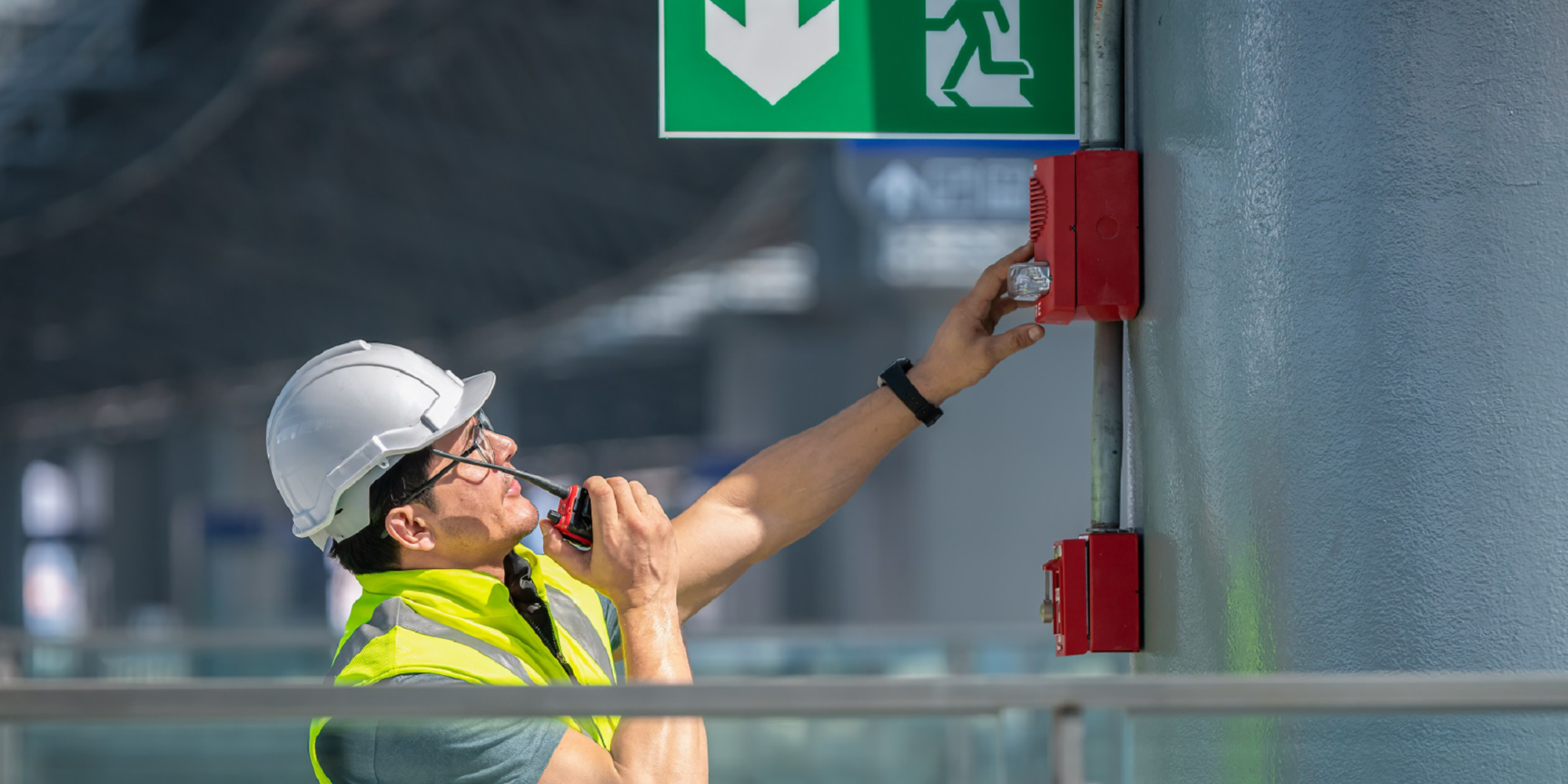In this example of how Crawford Legal Services operates, we’ve had to hold back on naming names for legal reasons – but you’ll still be able to follow the events.
Company B owned a retail property in London which suffered serious fire damage and had raised a claim with its commercial property insurers. Crawford was promptly appointed to adjust and manage the claim and in turn contractors were appointed and the agreed reinstatement works were soon under way.
So far, so good.
But Company B began to get involved, declaring itself to be unhappy with our approved contractor’s work and eventually stepping in and completing the final stages of the reinstatement, using its own suppliers.
With works complete, Company B then challenged our contractor’s invoices, claiming that four key elements of the work had actually been carried out by Company B’s repairers. Not unreasonably, Crawford asked Company B for proof of these costs.
Company B provided bills of around £21,000 for three of these elements – the shop frontage, electrical works and the interior refit. The fourth element was to be a set of roller shutters to cost a further £10,000, for which the invoice had not yet arrived.
When this invoice failed to materialise, Crawford followed up with Company B several times to no avail, which eventually caused the insurer to suspend indemnity for the claim and pause payment on the first three elements.
At this point, Company B decided not to pursue this part of the claim. Concerned as to why Company B would abandon what appeared to be a genuine claim for expensive roller shutters, the insurers insisted on seeing evidence for the attempted recovery of £10,000. Company B’s response was to issue proceedings to try to get the money in court.
Crawford Legal Services was asked to prepare a defence, detailing the actions of Company B in getting involved with the pre-agreed repairs as well as putting the burden of proof on them to provide clear evidence of the purchase and installation of the roller shutters. Company B’s initial response was that the billing records had been mislaid and would be disclosed at some future point.
By the time the formal disclosure stage had been reached, there was still no credible evidence of the roller shutters, so Crawford Legal Services decided to step things up. Documents were obtained from the company who supplied the shop front. Shockingly, these included an email chain providing a copy invoice to Company B for the shop front works. This was identical to the one submitted to insurers except for one crucial difference – it included the costs for the roller shutters. A forensic review showed that the original invoice had been amended before being submitted to insurers – and also that the original was issued when Company B said they were still waiting for it.
As a result, CLS prepared comprehensive witness statements detailing this evidence and highlighting the conduct of Company B’s directors. In reply, Company B offered a witness statement of only two and a half A4 pages which didn’t address any of the issues raised by the Defence – or even mention the roller shutters. Despite this, Company B's solicitors continued to request payment of the claim and insisted that they would be completely exonerated at trial.
Insurers formally voided the policy and CLS laid out for Company B the possible consequences of carrying on with their legal action. Not only might this involve paying insurers back their original outlay but also:
- Fraud findings against, and possible disqualification of, the directors
- Exemplary damages of at least 50% of the claim’s value
- Significant legal costs
- Proceedings for Contempt of Court
Faced with these prospects, Company B abandoned proceedings for the outstanding £31,000 and the proven false claim for the roller shutters meant that they also had to pay insurers back their original £120,000 outlay.
And the actions of Company B will go on to have long term consequences. As insurers voided the policy, Company B will need to declare this cancellation when approaching new insurers across this and all its other properties, impacting its ability to obtain favourable terms for insurance – or indeed to obtain any further cover at all.
The CLS counter fraud team works closely with Crawford loss adjuster colleagues, and we find that many claims are fraudulent from the very start. In this case, Company B actually had a substantial and genuine fire damage claim but added a false claim. While the roller shutter costs were minor when compared to the overall cost of the claim, they were nonetheless enough to destroy Company B’s whole claim.



